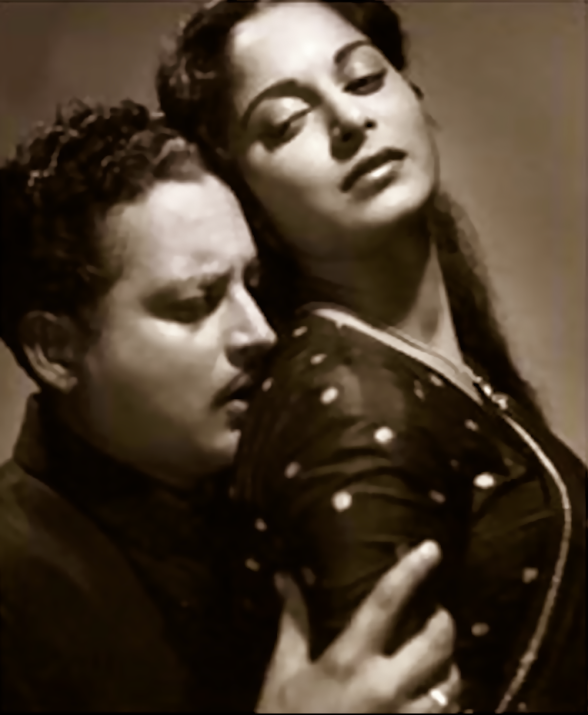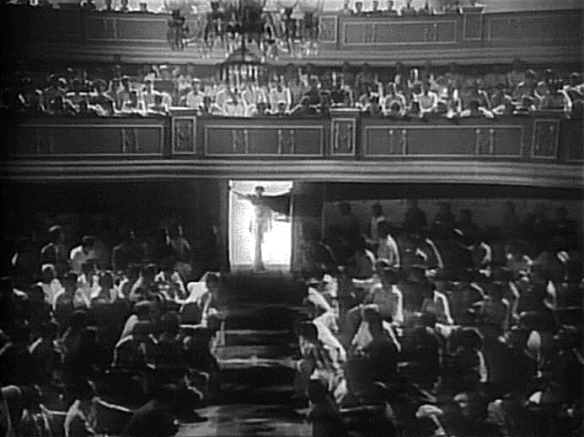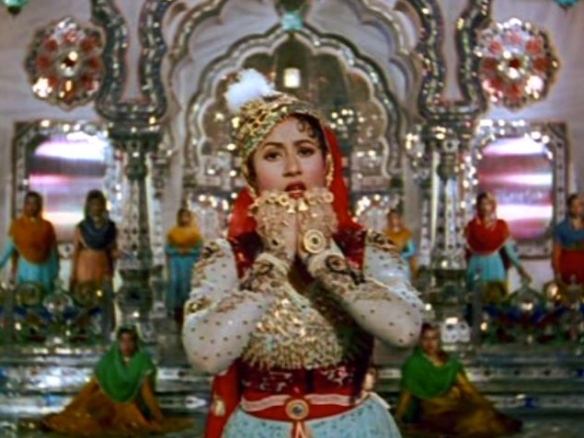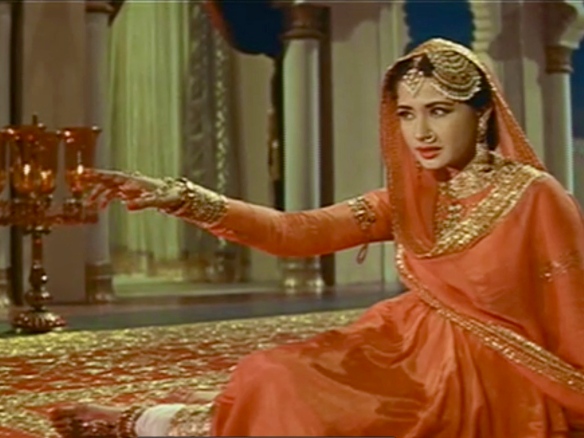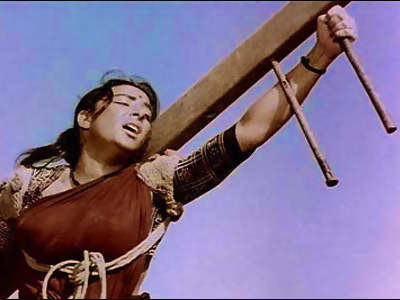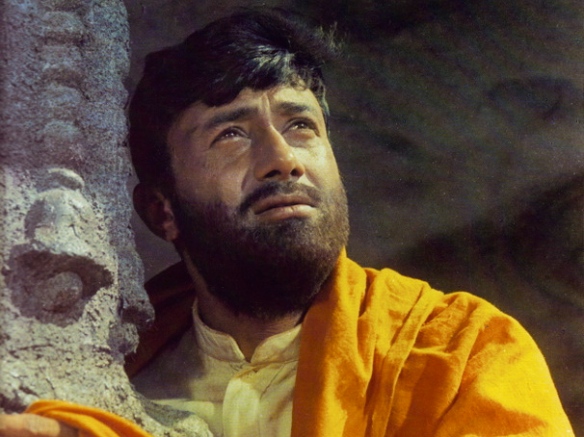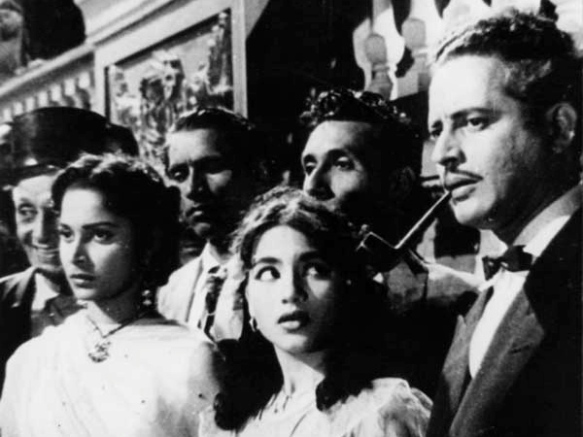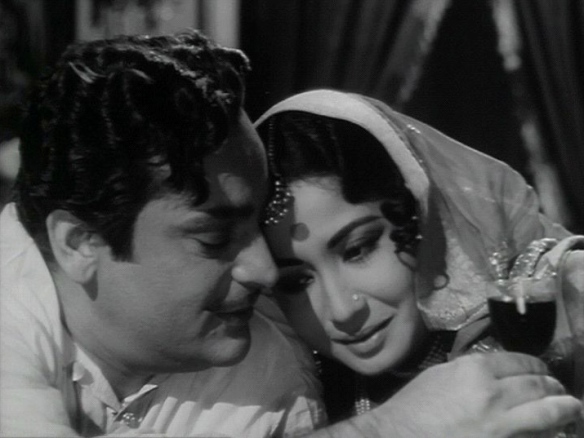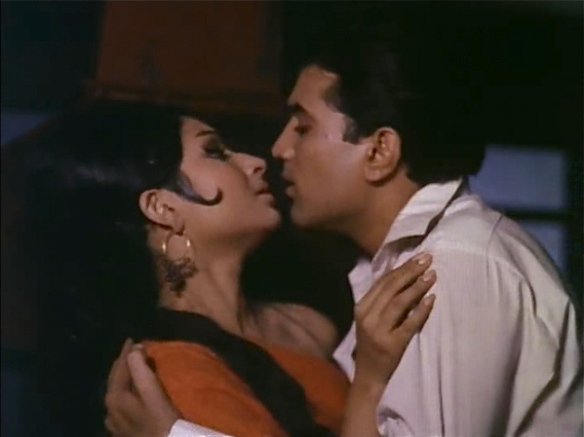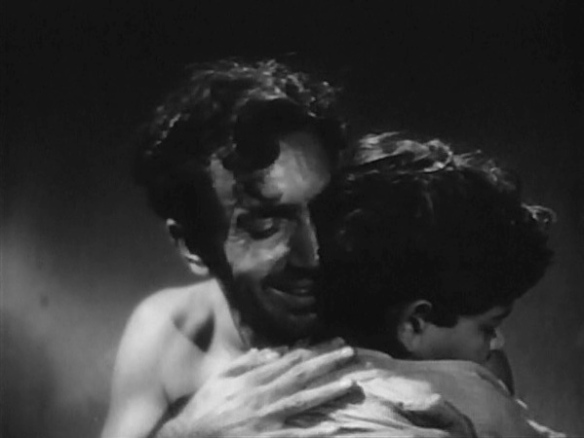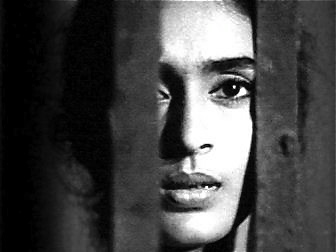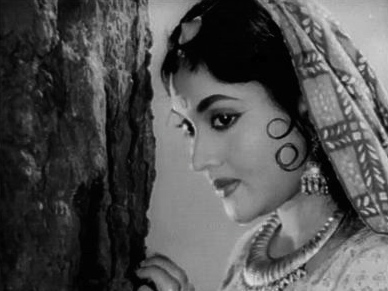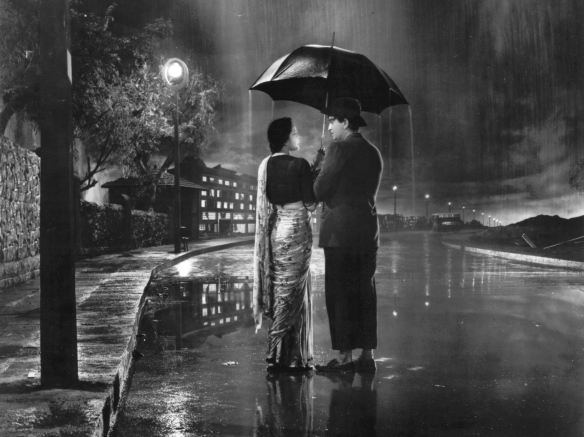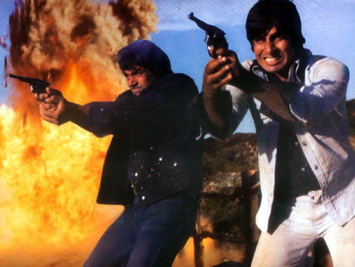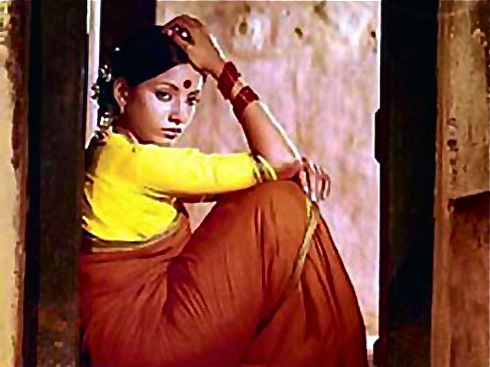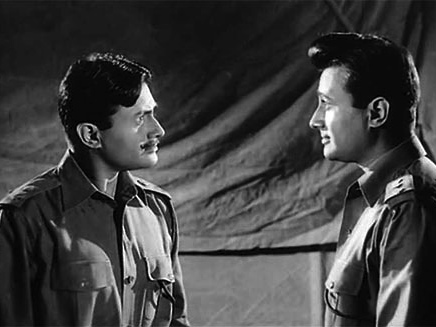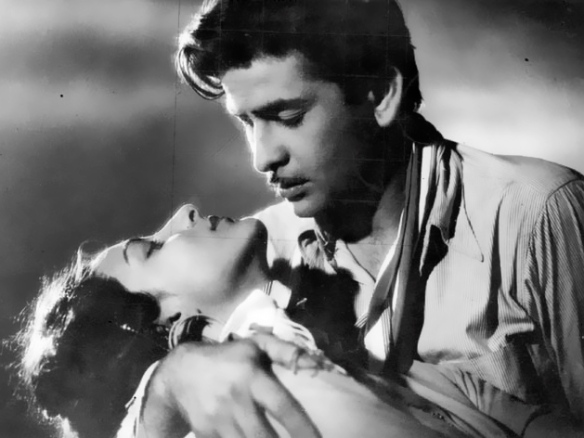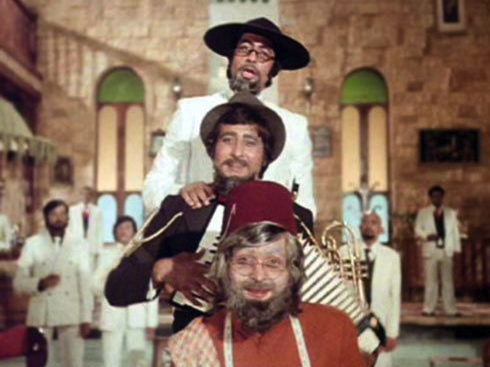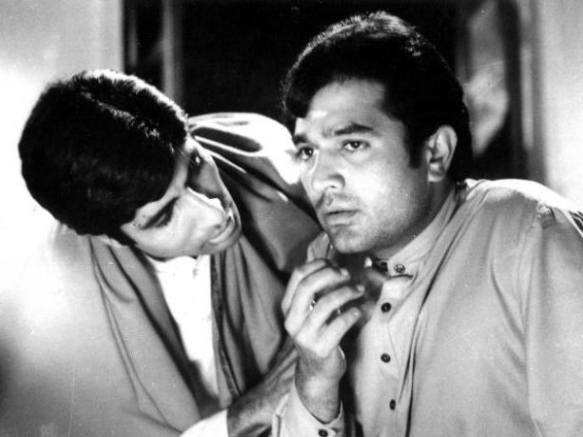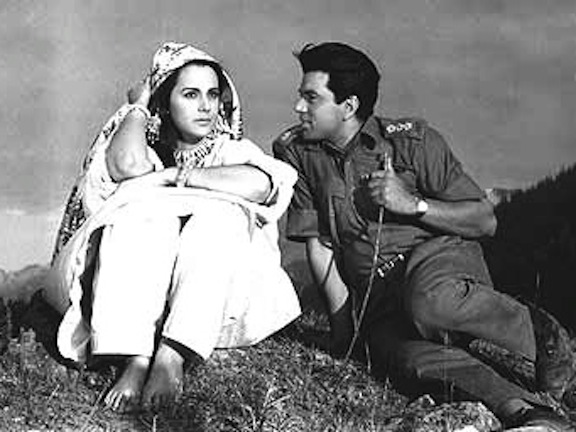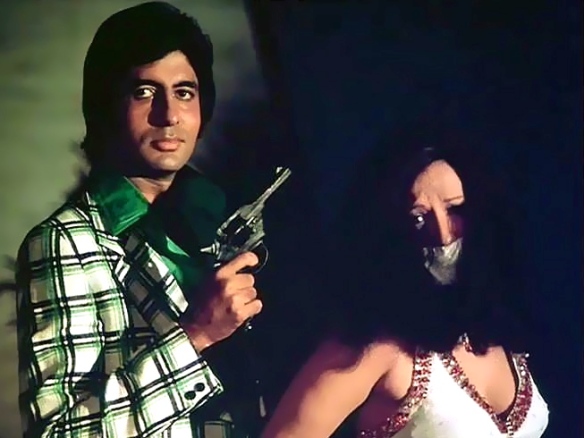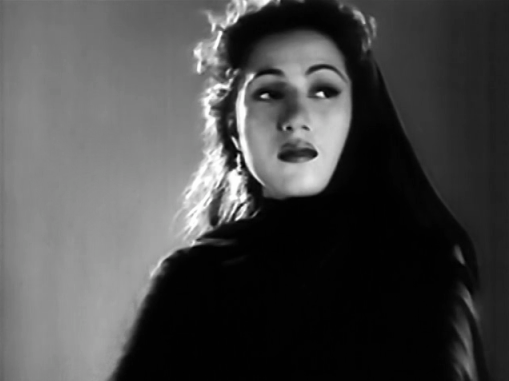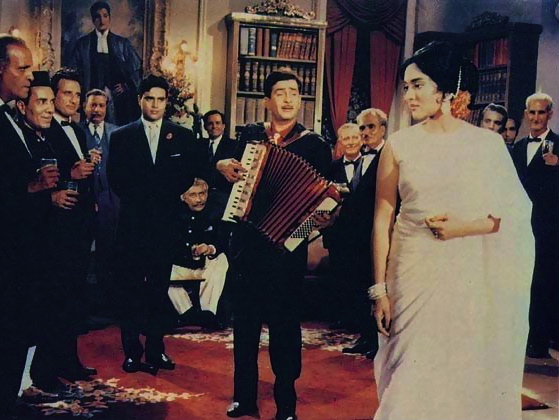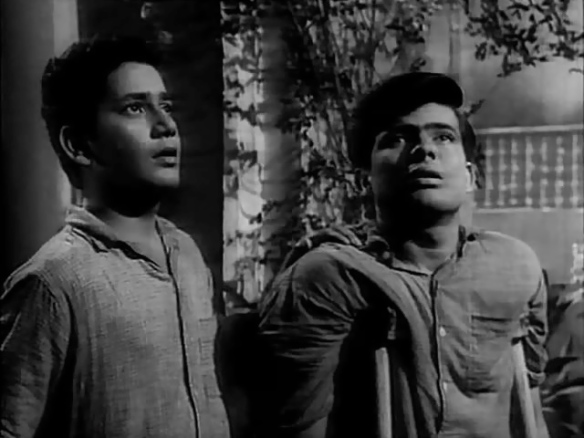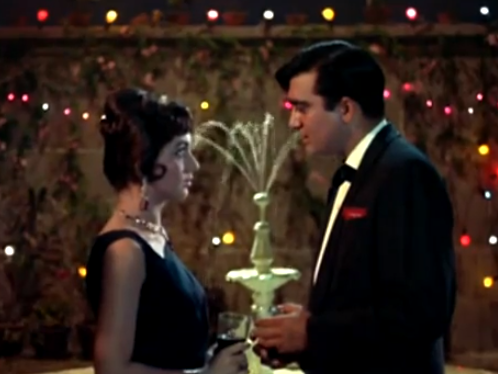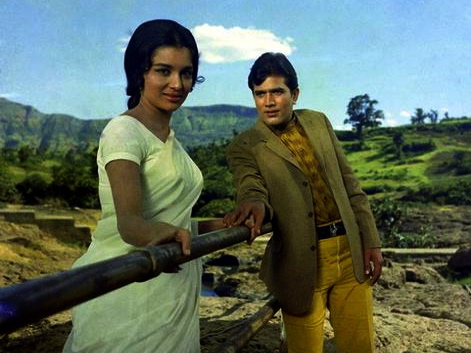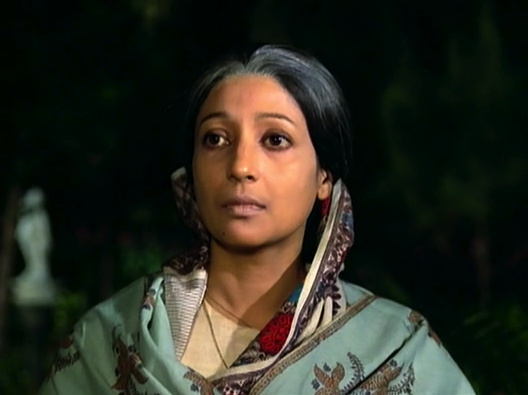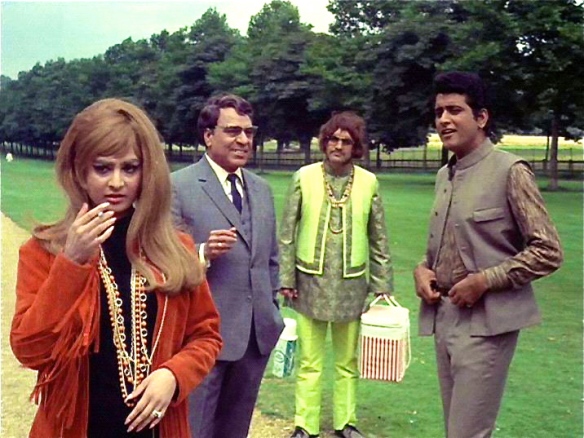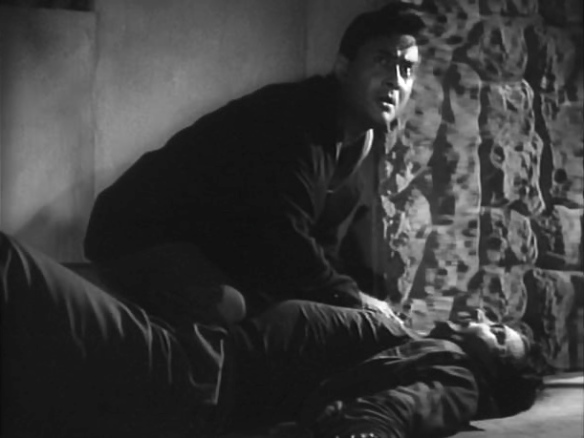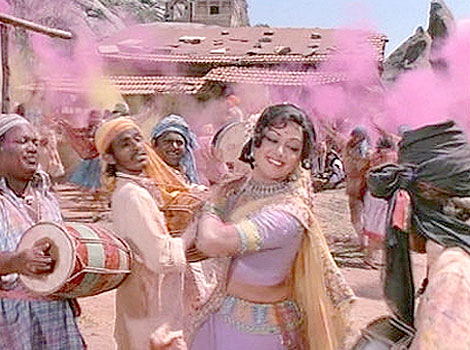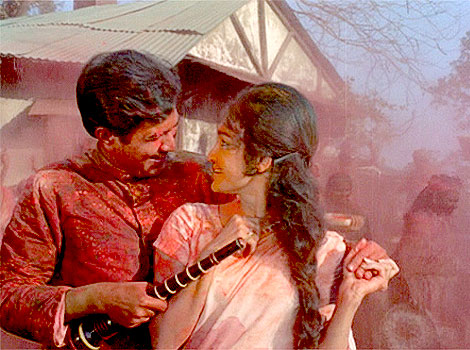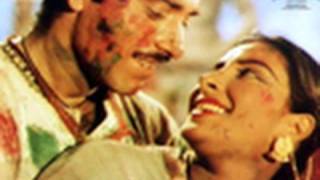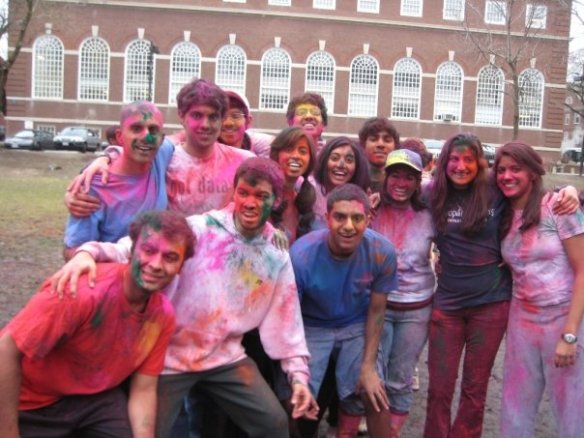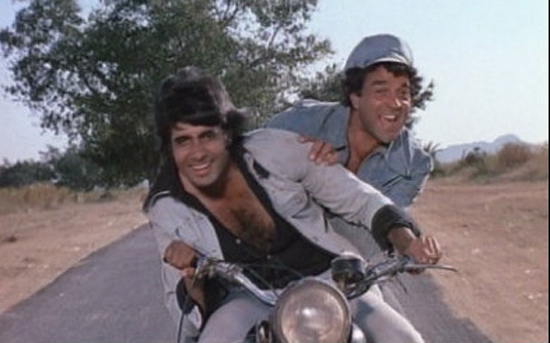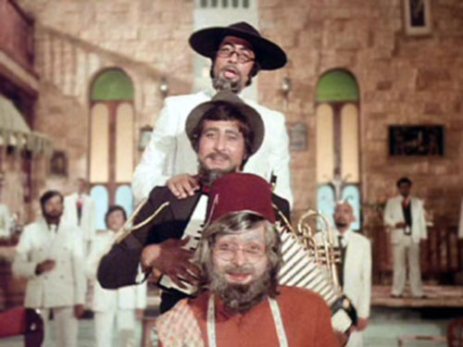The top 30 greatest classic Bollywood films have been selected. Which films made the list of Bollywood’s best?
Introduction
Mr. and Mrs. 55 – Classic Bollywood Revisited! at last present our definitive list of the Bollywood classics you absolutely must see before you die. Hundreds of films were scored and ranked across multiple dimensions of Bollywood cinema including: story, direction, performances, musical composition, as well as cultural impact and legacy. We included Hindi-language films made between the period of 1949-1979 on our list of the best classic Bollywood films ever made. Some on the list are beloved favorites of the industry, while others may surprise you.
Among the winners are directors Guru Dutt, Bimal Roy and Raj Kapoor–names synonymous with masterpiece Indian cinema–each with multiple films among Bollywood’s all-time greatest. Always wondered why a couple of young Harvard students like us love old Indian films so passionately? No matter what you think you know about Bollywood, the movies on this list will change your understanding of Indian films like never before. From village epics that grapple with our national identity to the nostalgic poetry of sudden disillusionment, classic Bollywood films transport us from the enchanting glamour of Bombay nightlife to the majestic gardens of Kashmir. They carry our souls through hardship and loss and revive our spirits with redemption.
This is cinema the way it was meant to be. This is classic Bollywood.
The top 30 Films from 30 years of classic Hindi cinema (1949-1979):
1. Pyaasa
Guru Dutt, 1957
Pyaasa, or “thirst,”is the story of one man’s search for compassion in the cold cynicism of post-independence Indian society. Vijay is an unpublished poet, dismissed by his own family and scorned by socialites and his colleagues. After befriending a prostitute who shelters him, Vijay is believed dead and his poetry “posthumously” lionized. He becomes an overnight sensation, mourned by fans across the country, and the true Vijay is labeled an imposter. India entered its golden age of filmmaking in the 1950s when its long-awaited freedom from England and the hopes of a new government created a social tinderbox of great expectations and disillusionment. Pioneering the technique of utilizing song lyrics as direct extensions of the film’s dialogue, Guru Dutt as the writer-producer-director-star paints a stirring portrait of the commodification of humanity.
2. Mughal-e-Azam
Karimuddin Asif, 1961
At the turn of the 17th century, Prince Salim falls in love with the court dancer Anarkali and wages war against his own father, Emperor Akbar, in order to marry her. Director K. Asif’s enormous cast, opulent sets, intricately designed costumes and extravagantly staged battle scenes made the film the most expensive ever produced in India at the time. But despite of all the grandeur, the film has a warm heart, and the dangers of the romance between Salim and Anarkali are infused into each glance they share. Although the love story is the backbone of the film, it is Emperor Akbar, from whom the film derives its name (“the Great Mughal”), who takes center stage as he is torn between love for his only son and the unforgiving demands of the Mughal Empire. Every line of dialogue is written with the ornamentation of poetry, casting an elegance to Mughal-e Azam‘s thunderous power.
3. Pakeezah
Kamal Amrohi, 1971
In the grandeur of Muslim Lucknow at the turn of the century, Pakeezah is a courtesan and dancer who dreams of leaving her life behind when a stranger falls in love with her in a train compartment, not knowing her true profession. With swirling romanticism and languid, dream-like cinematography, Pakeezah instantly became one of the most extraordinary musicals ever made. Perfectionist director Kamal Amrohi, who also wrote the script and some of the lyrics, effectively transports the viewer into a wistful age of bygone formality and luxury. Each of Pakeezah‘s popular semi-classical songs illustrates the duality of a courtesan’s poetry, at once glamorizing the elaborate rituals of love and destroying the institutions that upheld them.
4. Mother India
Mehboob Khan, 1957
With tragedy strikes her family, newlywed village belle Radha is determined to weather a crucible of social and personal adversities without compromising her honor. In doing so, she reinvents herself as a heavy-handed symbol of India’s own pride as an ancient culture and a new democracy. A defining film in the history of Bollywood, director Mehboob Khan’s iconic Mother India set the pattern for the more than 60 years of Bollywood film that followed it. A mythologization of traditional values and an homage to the beauty of Indian heritage, Mother India‘s unabashedly epic glorification of self-sacrifice and female empowerment was nominated for the Academy Award for Best Foreign Film in 1958.
5. Guide
Vijay Anand, 1965
A corrupt businessman is transformed into a spiritual guide after a misunderstanding that leads to his idolization by a village besieged by drought. Based on the R.K. Narayan novel of the same name and bolstered by a stunning soundtrack, Guide explores a fundamental Vedic transformation from materialism to a release from worldly attachments in an extremely unlikely hero. A scandalous love story settles into the background as director Vijay Anand boldly deconstructs social taboos, from adultery and non-traditional gender roles to religious fraud, in a film that stirringly evolves into a philosophical awakening greater than the circumstances it portrays–a brilliant reflection of the double entendre intended by its title.
6. Kaaghaz Ke Phool
Guru Dutt, 1959
In the 1950s at the height of India’s golden age of film-making, a celebrated movie director feels uninspired by the tinsel-lined glitz of studio era Bollywood. When he discovers a new actress, innocent to the corruption of the industry, he believes he has found a muse to ease his restlessness. A elegiac behind-the-scenes film about film-making, Kaaghaz Ke Phool became a cult classic following the eerie semi-autobiographical death of its director Guru Dutt. Trapped in a world of pretense, Guru Dutt illustrates a kind of yearning that softly and slowly erodes the soul–a desperate hunt for a human connection. The real triumph is in the film’s stunning camerawork, gracefully gliding through the empty studio sets like a beautiful spectre of Dutt’s own shattered desires.
7. Awaara
Raj Kapoor, 1951
A female lawyer is determined to prove her lover’s innocence in a murder attempt on the life of a respected judge. Structured in medias res, the film’s flashback reveals the injustice of her lover’s past when the very judge who condemns him proves to be his own father: a man who threw his wife onto the streets when he believed a criminal had raped her. Echoing the dark lessons of the ancient Ramayana, Awaara shatters the nature versus nurture debate with a showman’s flair and surrealist fantasy, including the film’s legendary dream sequence evoking a descent into Hell. Awaara launched Raj Kapoor’s famous Chaplin-esque hero for the first time, who resonated immensely across the Soviet Union and Communist China as the voice of a new generation.
8. Sahib, Bibi, Aur Ghulam
Guru Dutt/Abrar Alvi, 1962
Desperate to save her marriage, the younger daughter-in-law of a wealthy family sacrifices her moral boundaries to win over her alcoholic husband. A nostalgic glimpse into the decaying Bengali feudal system, Sahib, Bibi, Aur Ghulam unravels a dazzling murder mystery at the heart of its progressive view of societal redemption. Seen from the perspective of a young factory worker lured into a stately mansion as an ally of its young mistress, Sahib, Bibi, Aur Ghulam hauntingly opens the doors to the hollowness of exterior splendor. Spiraling against her will with the collapse of Calcutta’s landed aristocracy, Meena Kumari’s portrayal of the tormented wife is forever considered among the most magnificent on-screen performances of Bollywood history.
9. Aradhana
Shakti Samanta, 1971
When her lover dies at war, an unwed mother gives up her son up for adoption, vowing to watch over him in secrecy as he grows up in the house of another. Her poignant worship, or aradhana, of her dead fiancé and their son became immortalized in the Indian cinematic psyche as an audacious struggle of traditional society confronted by changing modern values. Boasting one of the all-time greatest soundtracks of Indian cinema, Aradhana epitomizes the versatility and creativity of the era’s leading music directors. From the youthful romance of “Kora Kaagaz Tha” to the grim Bardic undertones of “Safal Hogi Teri Aradhana” to the notoriously seductive “Roop Tera Mastana,” the film is as much remembered for its luminous performances as for exemplifying the golden age of Bollywood music.
10. Do Bigha Zameen
Bimal Roy, 1953
A farming family fights to save their ancestral land from a cunning mill owner. Do Bigha Zameen follows the father and son’s trip to Calcutta from their idyllic village to earn enough money to pay their debts–only to discover the miseries of urban poverty instead. Inspired by the work of Italian neorealism, Do Bigha Zameen pioneered early parallel cinema with a deliberate attention to the “everyday,” and the feeling of an invisible, unhurried camera whose shots and mis-en-scene are both carefully constructed and effortlessly fluid. Directed by Bengali auteur Bimal Roy, the film’s nationalistic electricity hit a broader audience, becoming the first Indian film to win the Prix Internationale at the 1954 Cannes Film Festival.
11. Bandini
During the British Raj of the 1930s, a prison doctor falls in love with a convict who reveals the story of her tumultuous connection to a freedom fighter.
12. Madhumati
Bimal Roy, 1958
On a rainy night, a man enters an abandoned mansion where he is confronted by unfulfilled visions of his past life.
13. Shree 420
Raj Kapoor, 1955
A country boy travels to Bombay to make his fortune where he is lured from the path of virtue into a thrilling life of deceit.
14. Sholay
Ramesh Sippy, 1975
After his family is murdered by a notorious bandit, a former police officer enlists the help of two outlaws to capture him.
15. Ankur
Shyam Benegal, 1974
The social hierarchies of rural India are disrupted when a landowner begins an affair with a poor farmer’s wife.
16. Hum Dono
Amarjeet, Vijay Anand (1961)
After returning from war, a soldier begins to lead a double-life when his doppelgänger’s family welcomes him home.
17. Barsaat (1949)
Raj Kapoor, 1949
Two men with different ideals of love search for answers with the coming of the monsoons.
18. Amar Akbar Anthony
Manmohan Desai, 1977
Three brothers are separated in childhood and eventually unite after one is brought up a Christian, one a Hindu, and one a Muslim.
19. Anand
Hrishikesh Mukherjee, 1971
A doctor recounts the story of a terminally ill man who wishes to his live life to the fullest and spread happiness to those around him.
20. Haqeeqat
Chetan Anand, 1964
A platoon of Indian soldiers leave their homes and loved ones to encounter the harsh realities of battle in the Indo-China War of 1962.
21. Don
Chandra Barot, 1978
A simpleton is trained to infiltrate the underworld by impersonating a criminal leader who has been killed in a police chase.
22. Mahal
Kamal Amrohi, 1949
A young lawyer is haunted by a ghostly woman in his new house, where the builder and his fiancée died shortly after it was built.
23. Sangam
Raj Kapoor, 1964
An Indian Air Force Officer leaves for the Kashmiri front, entrusting his wife to the care of his best friend who has secretly always loved her.
24. Dosti
Satyen Bose, 1964
A penniless orphan makes the unexpected friendship of a blind boy who teaches him survival on the streets of Bombay.
25. Waqt
Yash Chopra, 1965
Natural disaster separates the members of a close-knit family who re-connect in a series of dramatic entanglements years later.
26. Deewar
Yash Chopra, 1975
A mother attempts to reunite her two estranged sons: one, a leading criminal of the underworld, and the other, an uprighteous policeman.
27. Kati Patang
Shakti Samanta, 1970
As a promise to raise the child of her dying friend, a young woman risks starting a new life under a false identity.
28. Aandhi
Gulzar, 1975
A powerful politician struggles to reconcile her position with secrets from her past.
29. Purab Aur Paschim
Manoj Kumar, 1970
East clashes with West when a traditional Indian student encounters swinging London society for the first time.
30. Bombai Ka Babu
Raj Khosla, 1960
A small-time thief is forced into a deadly web of deception when he gains the trust of his victim’s family.
Read more about these and other classic Bollywood films on our film pages! Which films do you consider among classic Bollywood’s all-time best and why? Leave us a comment and let us know!
– Mrs. 55

